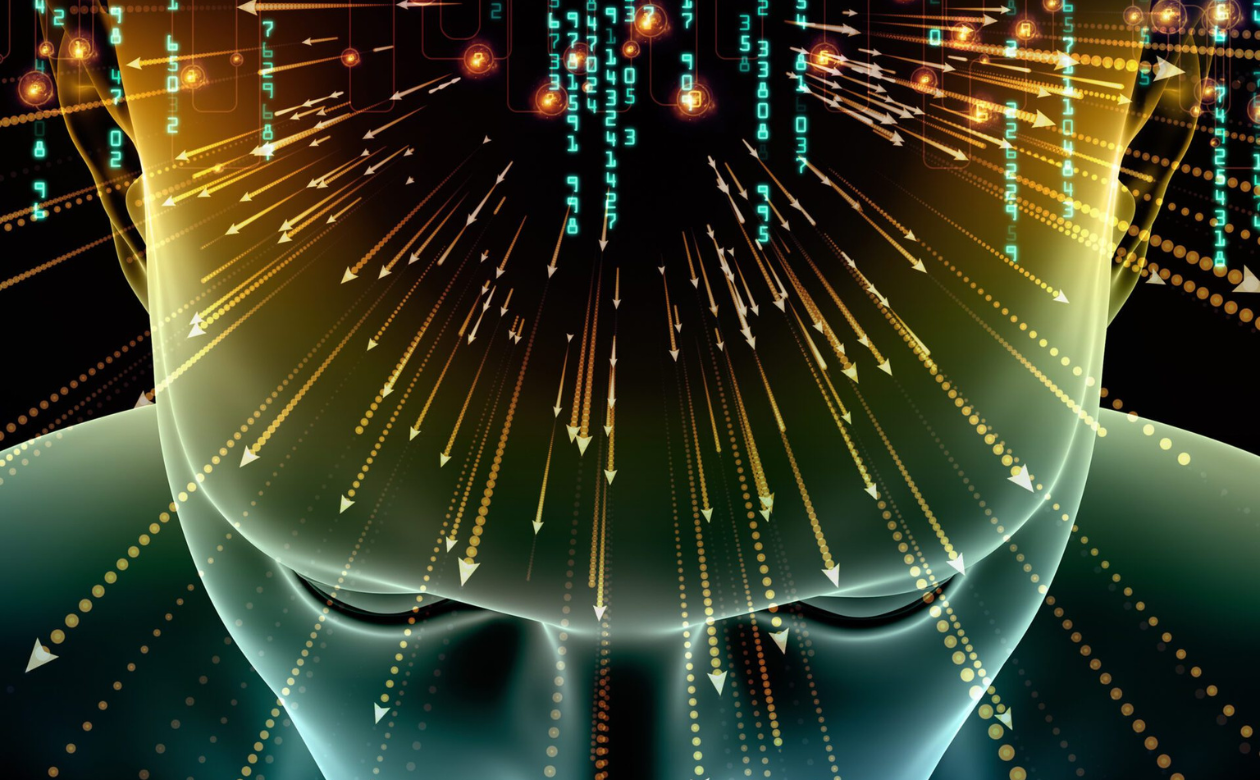The aerospace and defense (A&D) manufacturing sector is approaching a pivotal moment. With a sizable portion of its workforce nearing retirement, companies must address the challenge of passing essential knowledge from seasoned experts to the younger generation. As this transition unfolds, AI is emerging as a key player in tackling these challenges. In this blog, I’ll explore major workforce trends and knowledge transfer challenges in the A&D industry and how AI is stepping up to bridge the gap.
A Shifting Workforce in A&D Manufacturing
Recent research shows that over 29% of the A&D workforce is over the age of 55, signaling an impending wave of retirements, projected to persist for the next 10 to 20 years. Simultaneously, the incoming workforce is smaller, creating a projected worker gap of 3.5 million by 2026. To make things more challenging, younger employees bring a set of new expectations – for technology, work-life balance, flexible scheduling, and career progression.
As the Baby Boomer and early GenX workforce ages out, companies face a critical juncture: capture the knowledge that lives in the minds of long-term employees or risk losing decades of experience and progress.
The Knowledge Transfer Challenge
Training is vital for efficiently onboarding new employees, yet several challenges stand in the way of successful and secure knowledge transfer:
- Loss of Institutional Knowledge: As experienced workers retire, many take with them years of often undocumented insights. In my experience, these learnings—gained through trial and error—are critical to pass on to the next generation. Without systems in place to capture this expertise, companies risk operational disruptions and repeating past mistakes or inefficiencies.
- Resistance from Retiring Workforce: Today’s retirees grew up in an era when artificial intelligence was the stuff of science fiction. This group is used to manual processes and can sometimes be reluctant to adopt new techniques and requirements for documentation.
- Security and Compliance Issues: Traditionally, knowledge transfer is a verbal process between individuals or small teams and doesn’t account for intellectual property knowledge protection and data privacy standards. Ensuring that critical knowledge is documented securely is essential in highly regulated industries like A&D and must stay top of mind even in informal knowledge transfer situations to ensure full compliance.
- Intergenerational Communication Gaps: Retirees may favor in-person meetings, phone calls, or emails. While younger workers often prefer quicker responses through chat platforms like Slack or Teams. These differences can lead to frustration and miscommunication from both sides.
Given these obstacles, the question becomes: How can AI help solve the knowledge transfer challenge?
Capturing Institutional Knowledge
One of the greatest benefits AI offers is its ability to analyze a situation, capture data, and create documentation. AI-powered knowledge management systems can automatically collect, categorize, and store critical expertise from older workers. For example, AI-driven tools can document step-by-step processes, troubleshooting techniques, and insights into complex systems and equipment. This creates a rich source of training materials for future employees. It can also be used to aid in secure knowledge transfer and ensure best practices such as role-based access control to data, encryption of stored data, and proper auditing and monitoring protocols are followed.
At iBase-t, we will integrate AI functionality into our Manufacturing Execution System (MES), Solumina, to support knowledge documentation and transfer. With real-time data tracking and comprehensive workflow capabilities, Solumina will ensure that critical knowledge (data) is captured as part of routine workflows. The current system already stores operational data, standard work instructions, and manufacturing processes, systematically documenting institutional knowledge. It also supports rigorous data security and compliance protocols, making it easier to meet industry standards such as ISO, AS9100, and others critical to A&D manufacturing. With AI integration, companies can monitor compliance in real time and automatically flag anomalies or non-compliance.
Reducing the Need for Manual Labor
With labor shortages looming, AI-driven automation can help fill the gap left by retiring employees. AI-enabled machines and robotics can perform repetitive tasks more efficiently, reducing the need for manual labor while maintaining or even increasing production levels. This automation ensures that production lines remain operational even with fewer human workers available, preventing disruption to the manufacturing process.
Upskilling the Incoming Workforce Faster
For incoming employees, AI-powered training programs are revolutionizing how the A&D industry onboards and upskills new employees. These programs can simulate real-world scenarios, allowing new workers to gain “hands-on” experience in a virtual environment without the risks associated with traditional methods. Employees can engage in immersive, virtual training before stepping onto the shop floor by using AR/VR devices.
Once employees establish their roles, AI platforms can analyze and personalize learning paths based on individual performance, skills gaps, and professional growth areas. Additionally, AI can continuously update training modules with the latest industry advancements, ensuring workers stay current. These personalized and interactive learning experiences allow employees to gain expertise in complex tasks quickly and efficiently, shortening onboarding times and improving workforce competence and confidence.
Conclusion
While the A&D manufacturing sector faces significant challenges in the years ahead, AI offers a transformative solution by capturing essential knowledge, automating manual tasks, and upskilling new workers more quickly. AI helps companies mitigate the risks posed by impending retirements. However, success lies in thoughtfully integrating AI into the knowledge transfer process, ensuring the future workforce is prepared to carry forward the legacy of those retiring. By embracing AI now, A&D companies can secure their operational best practices and pass them on to the next generation with ease.




